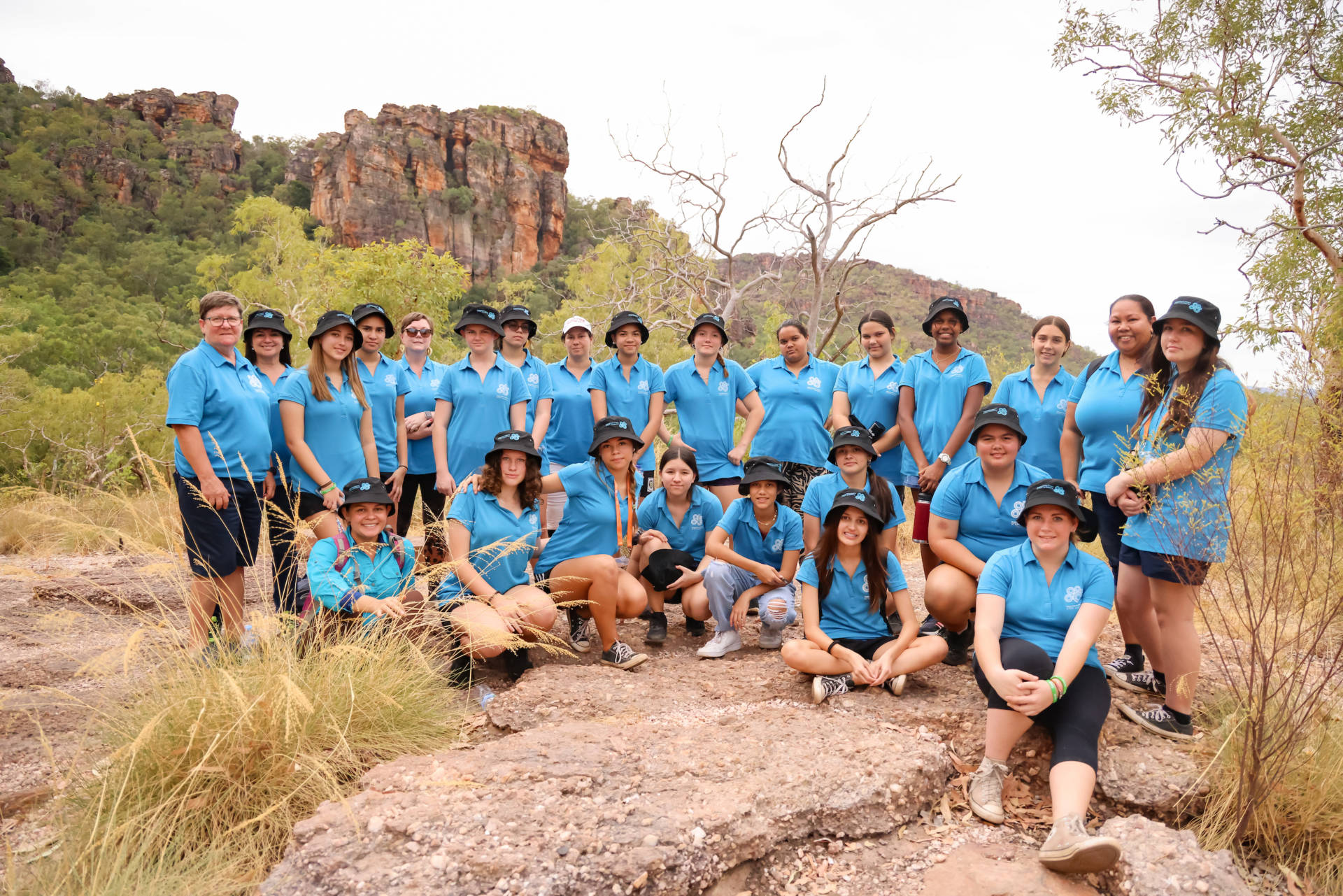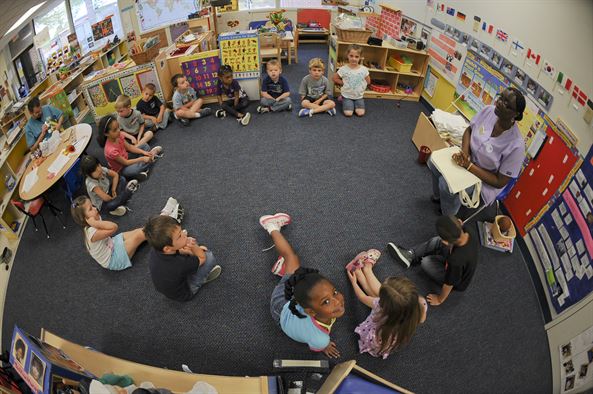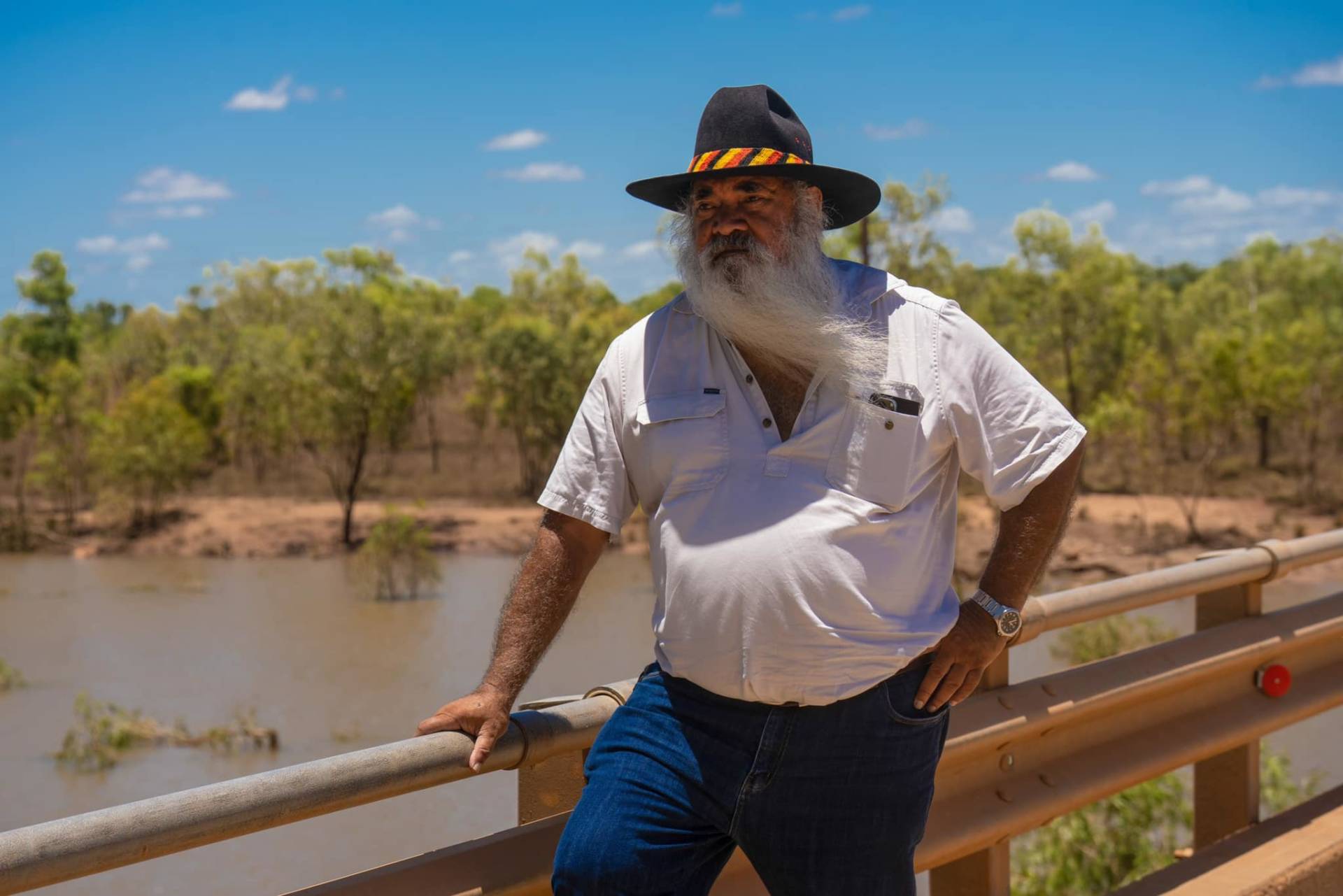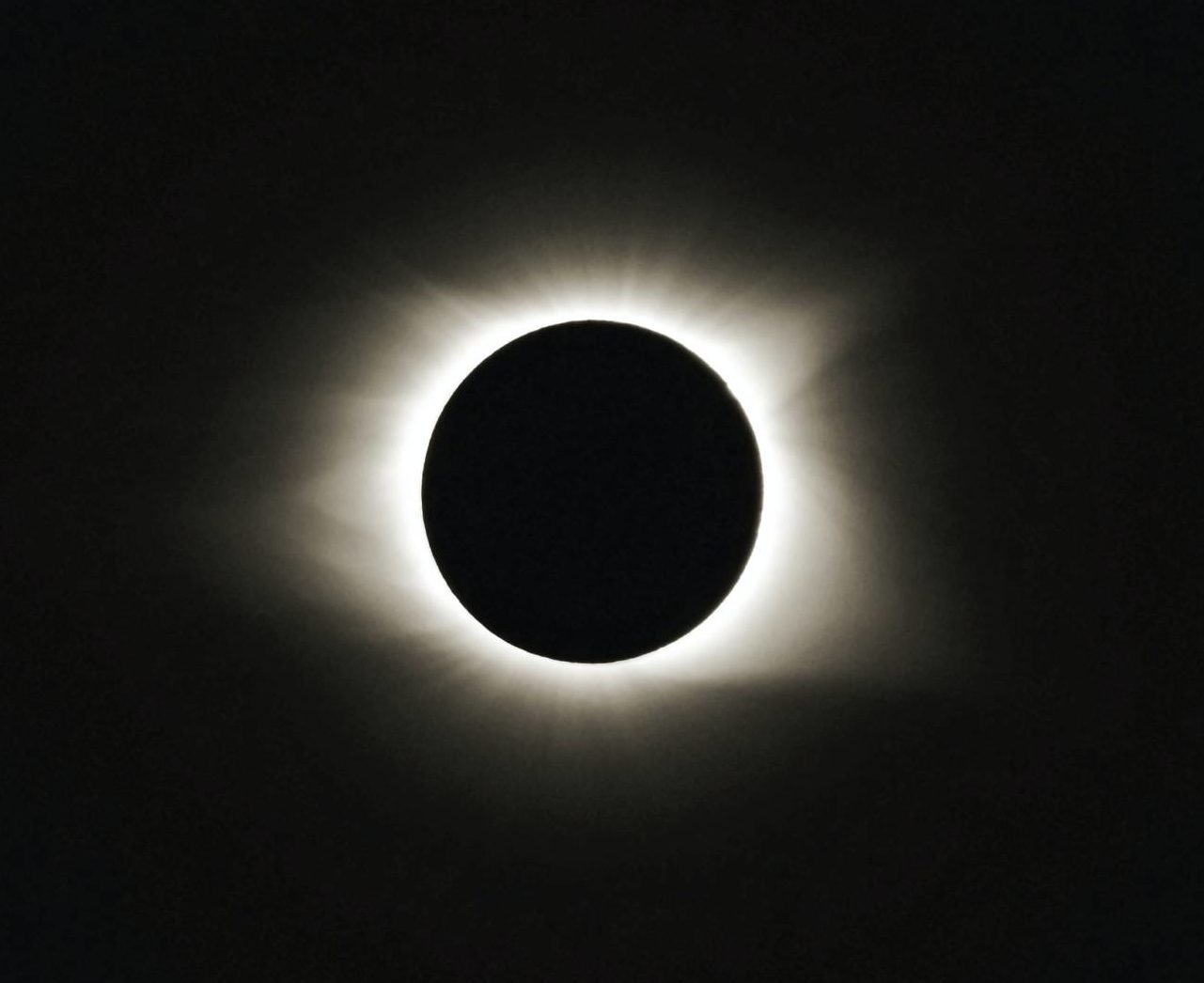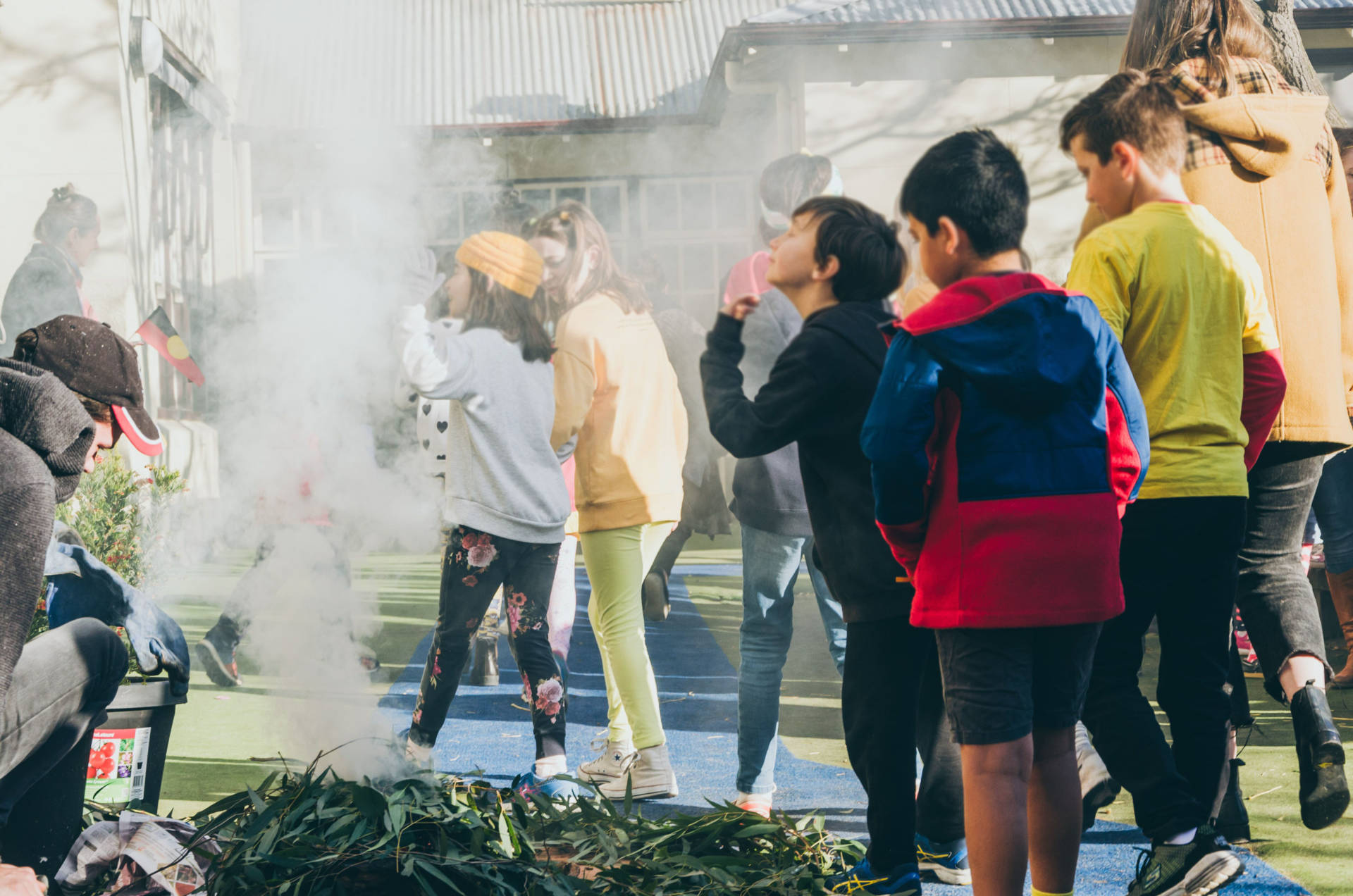From bush-food management to cultural burning and astronomy, science has always played a fundamental role in the lives of Aboriginal and Torres Strait Islander people.
But according to the latest Australian STEM workforce report, less than one per cent of Indigenous adults hold a science, technology, engineering or mathematics (STEM) qualification.
The under-representation of First Nations women in STEM is a key driver for the CSIRO’s Young Indigenous Women’s Academy program.
Students are recruited early in year 8 to ensure they have the necessary support in place before they choose subjects that could lead to a tertiary STEM qualification.
The academy’s national co-ordinator, Butchulla and Torres Strait Islander woman Ann-Maree Long, has told the AAP it was important students understood how selecting subjects in high school could influence their later education options.
Representation also plays a big role for Indigenous women in science and technology fields.
“Aspiration-building is really important,” Ms Long said.
“When we all reflect on our high school journey, there was perhaps a mentor, an opportunity or a camp that really inspired our future pathway.
“We know that you can be what you can see.”
The academy has more than 130 young Indigenous women in the tertiary program, studying everything from environmental science to archaeology and forensic science.
“There are young people who can learn from current tertiary students and support their goals,” Ms Long said.
The academy program includes long-term, tailored support to help students overcome barriers that discourage Indigenous women from pursuing science and technology careers.
CSIRO STEM academy manager Kim Dyball, a Kalkadoon woman, says young Indigenous women deserved to be in those fields.
“We are Australia’s first scientists, mathematicians and engineers and have been in this space for a long time,” she said.
“The academy is recognising that and it is also accelerating their interest in STEM.”
Both educational barriers and system issues lead to fewer Indigenous girls and women pursuing science, technology, engineering and maths subjects, according to data collected by the Department of Industry, Science and Resources.
Absenteeism is a contributing factor for students when trying to simultaneously manage both cultural commitments and a western education, particularly for Indigenous students who attend boarding school.
Educators have noted a large proportion of the students they teach need extra support with numeracy and English literacy, leaving teachers little time to focus on STEM-related subject matter.
Ms Dyball said one of the effective ways to increase the number of Indigenous women was to spark the imaginations of high school students.
“It’s just about opening up their minds to what the potential future opportunities are,” she said.
Eelemarni Close-Brown/ AAP
Image Credit: AAP

